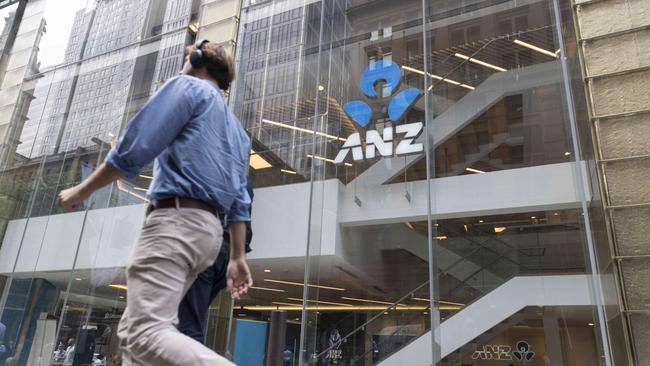
The big four banks might have thought the backlash to cashless branches would come from older Australians. But it turns out the move has sparked a social media uproar, with a customer reaching tens of thousands viewers on TikTok with her tirade against ANZ when she was told her branch had no cash whatsoever.
ANZ is removing all cash from selected branches in major cities – it will not reveal how many branches are involved in the project but customers in these branches are expected to use ATMs.
The slide in cash usage across Australia has been well reported. But less well known is that millions of Australians still use cash every day and regard it as an important service from their local bank.
In the case in question, the ANZ customer needed to get more than $3000 in cash for work being done on her home and she could not use the ATM. ANZ has since confirmed “some branches no longer handle cash at the counter”.

According to RBA’s cash usage report, which came out in June, half of all Australians don’t use cash at all.
But when cash usage was examined in terms of age groups, nearly 20 per cent of those over 65 were classified as “high cash users”.
And while ATMs are efficient, many customers might feel uneasy about withdrawing thousands of dollars in cash on a busy street.
Clearly, the banking system would prefer a complete transfer to a cashless society There would be more opportunities for “fee coverage”, there would be endless opportunity for surveillance of behaviour and, presumably, it would be much harder for criminals to transact.
In their defence, banks quote a statistic that cash now represents just 13 per cent of in-person payments.
But they will be less quick to report the RBA findings that one in four Australians say that an absence of cash would be “a major inconvenience”.
Central banks have become wary of commercial banks pushing too hard on eliminating cash services. As the RBA puts it: “Cash remains essential in the lives of some Australians, albeit a shrinking proportion.”
A more strident Reserve Bank of New Zealand suggests: “For all people, cash provides choice, autonomy, and agency – and for some it is the only form of money they have or can use.”
Moreover, though it is easy to lump all cash users into either Luddites or criminals, the facts of the matter challenge that view. In official survey questionnaires examining why people still use cash the number one answer – and this answer has become progressively more dominant – is fears over cyber crime.
Regular outages at major banks will also do little to engender confidence in cashless systems.
Pushing people toward a card-only system can backfire on big companies, as Woolworths found out when it had to abandon a cashless supermarket trial in 2021.
RBNZ director Ian Woolford recently raised the notion of “mandating cash acceptance” in order to keep banks in line.
Clearly bank-based cash services are crucial. Every bank branch should have cash for the significant portion of customers who expect it to be there.







Is it a sign of the times – or a sign that banks are pushing customers towards a cashless society – when we discover bank branches are running with no cash?